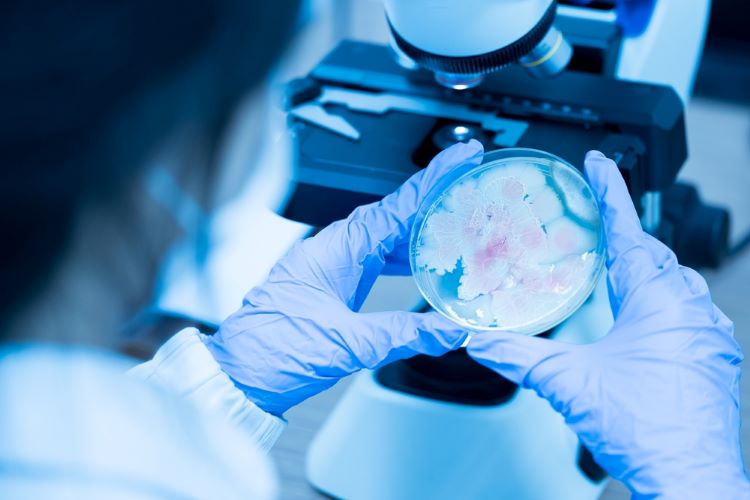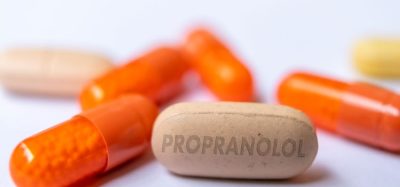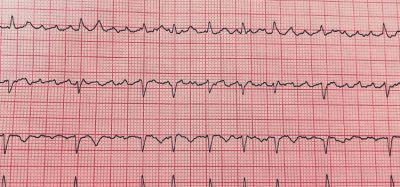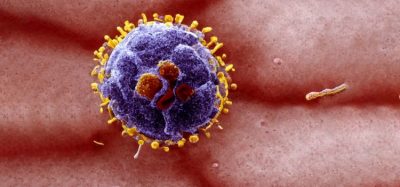Achieving FAIR bacterial identification
Posted: 9 April 2024 | Catherine Eckford (European Pharmaceutical Review) | No comments yet
A study has reported a noninvasive assay for detecting Gram-negative bacteria biofilms that do not disrupt the pattern of bacterial growth.


Research published in Biosensors reports the strong potential of using 3D printed substrates in bacterial analysis.
The study by Childs et al. utilised a rapid 3D printed µbiochamber with a laser-ablated interdigitated electrode. This system was developed for biofilm analysis of Pseudomonas aeruginosa, Acinetobacter baumannii and Bacillus subtilis using electrochemical biological impedance spectroscopy (EBIS) across a four-hour spectrum.
Incorporating EBIS on 3D printed devices offers fast design and affordability, the paper stated.
In the investigation, a search query database was built to demonstrate “the deterministic nature of the bacterial strains with real and imaginary impedance, phase, and capacitance”. It showed increased bacterial specification selectivity in the 9772.37 Hz range, the authors stated.
Childs et al. wrote that as far as they were aware, no other databases report “the distinguishable features from electrochemical biological impedance spectroscopy or the increase in antibiotic dosage with minimum inhibitory concentration tests”.
Managing microbial data
Since many databases are only accessible to the public on rare occasions, current trends in data sharing are limited, the authors stated.
The paper also noted that imaging and genomic data of bacterial strains are densely populated in databases. Yet a large portion of microbial data can be filled with synthetic data.
Due to the “limited, accurate resources and synthetic information”, recent recommendations state that data registered such databases need to adhere to FAIR Guiding Principles (Findable, Accessible, Interoperable, and Reusable), Childs et al. reported.
Biosensing challenges
The paper explained that key limitations of state-of-the-art biosensing technologies and conventional diagnostic tests for antibiotic resistant bacterial infections. is that they take between 18 to 24 hours and are not species-specific.
Therefore, there is a great need for novel biosensing tools that “can monitor and provide accurate, time-sensitive data to the growing threat of antibiotic resistance, to reduce biased uncertainties and follow FAIR”, the authors stated.
Nondestructive methods such as EBIS are a cost-effective and promising method for real-time sensing, where rapid detection is essential, the authors wrote.
This change was also indicated to begin for P. aeruginosa at the 18 hour mark according to the authors. This was shown by a rise in real impedance, decrease in imaginary impedance, and sharp decrease in capacitance.
Thus, the study indicates that the values for the three bacteria and control are “vastly different” across the 48 hour culturing time frame:
- P. aeruginosa showed the greatest rise in real impedance and changes in phase
- A. baumannii’s trend remained stable until 36 hour across real, imaginary phase, and capacitance
- B. subtilis produced the greatest capacitive effect of the three reaching along with its unique point of interest at the six hour point, marking the transition from the log to stationary phase.
These distinguishable parameters of real and imaginary impedance, phase, and capacitance showcase the bacteria’s metabolic lag phase, exponential log phase, and stationary transition.
The tested antibiotics on bacteria all either showed natural logarithmic, second-order polynomial equations or a sudden increase in bacterial biofilm inhibition.
Microbial monitoring
[electrochemical biological impedance spectroscopy] can be used to determine bacterial species at the 9.77 kHz frequency point at first the two and eight hour mark”
For microbiological metabolism monitoring, the authors stated that when capacitance increases, the real impedance decreases.
Contrary to what papers have stated showing an increase in impedance from cell density due to lipids, the data results show that it is “only upon the change in the stationary phase of the bacteria cells that real impedance begins to rise, which could be due to the size of the electrode or choice of media”.
The data therefore indicated that real and imaginary impedance show little variation in measurements until after the 36 hours mark. This could advantageous for improving the sensitivity of the device, the authors suggested.
Using this increased dose efficiency, the team recorded four parameters of bacterial biofilm growth. According to the authors, this indicates that EBIS can be used to determine bacterial species at the 9.77 kHz frequency point at first the two and eight hour mark.
The authors summarised that the variations in the low-cost, highly sensitive microbiological assays were searchable in the query-enabled database. In conclusion, the 3D printed substrates have potential to become widely used tools in bacterial exploration, and hold “huge value” in pharmaceuticals.









